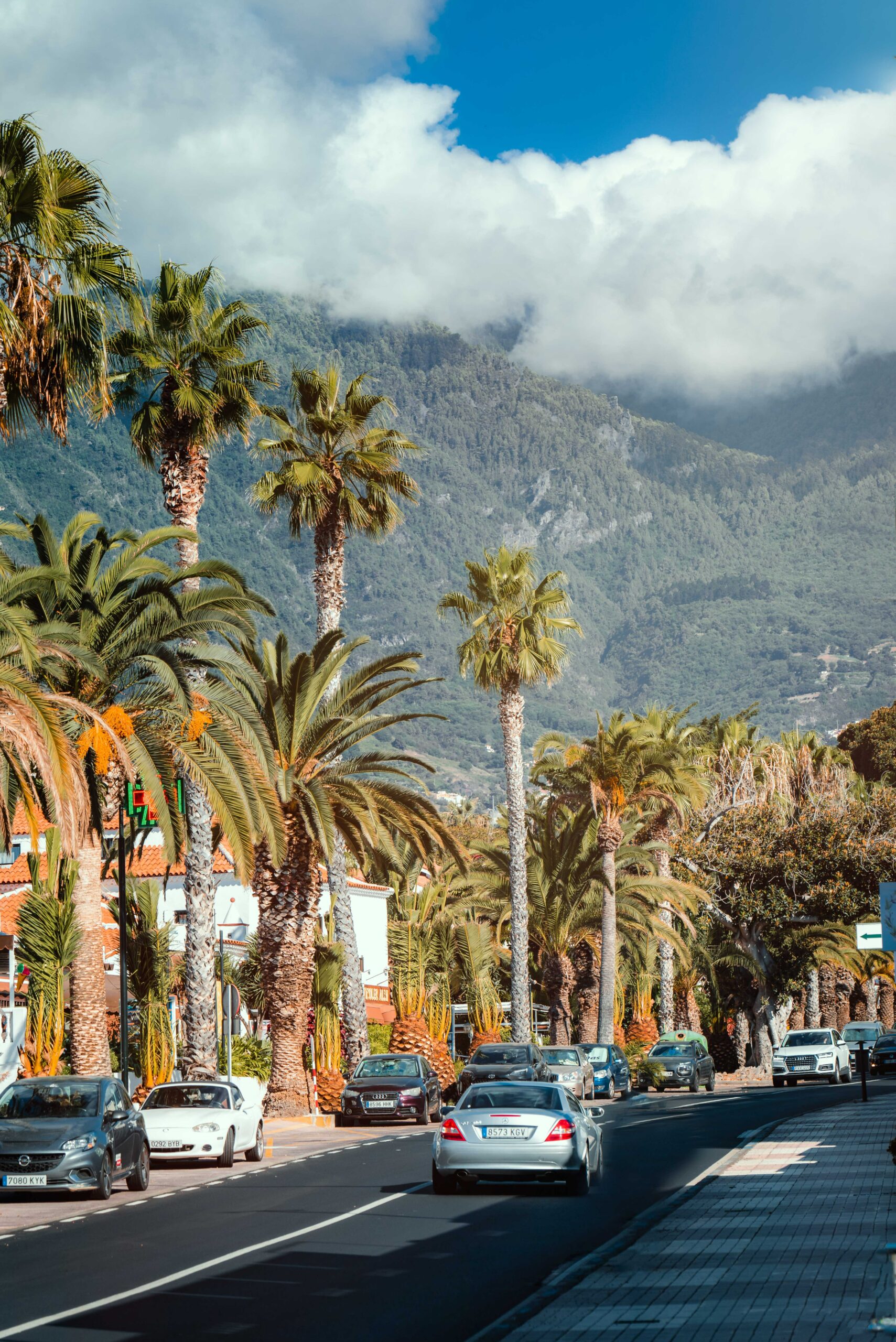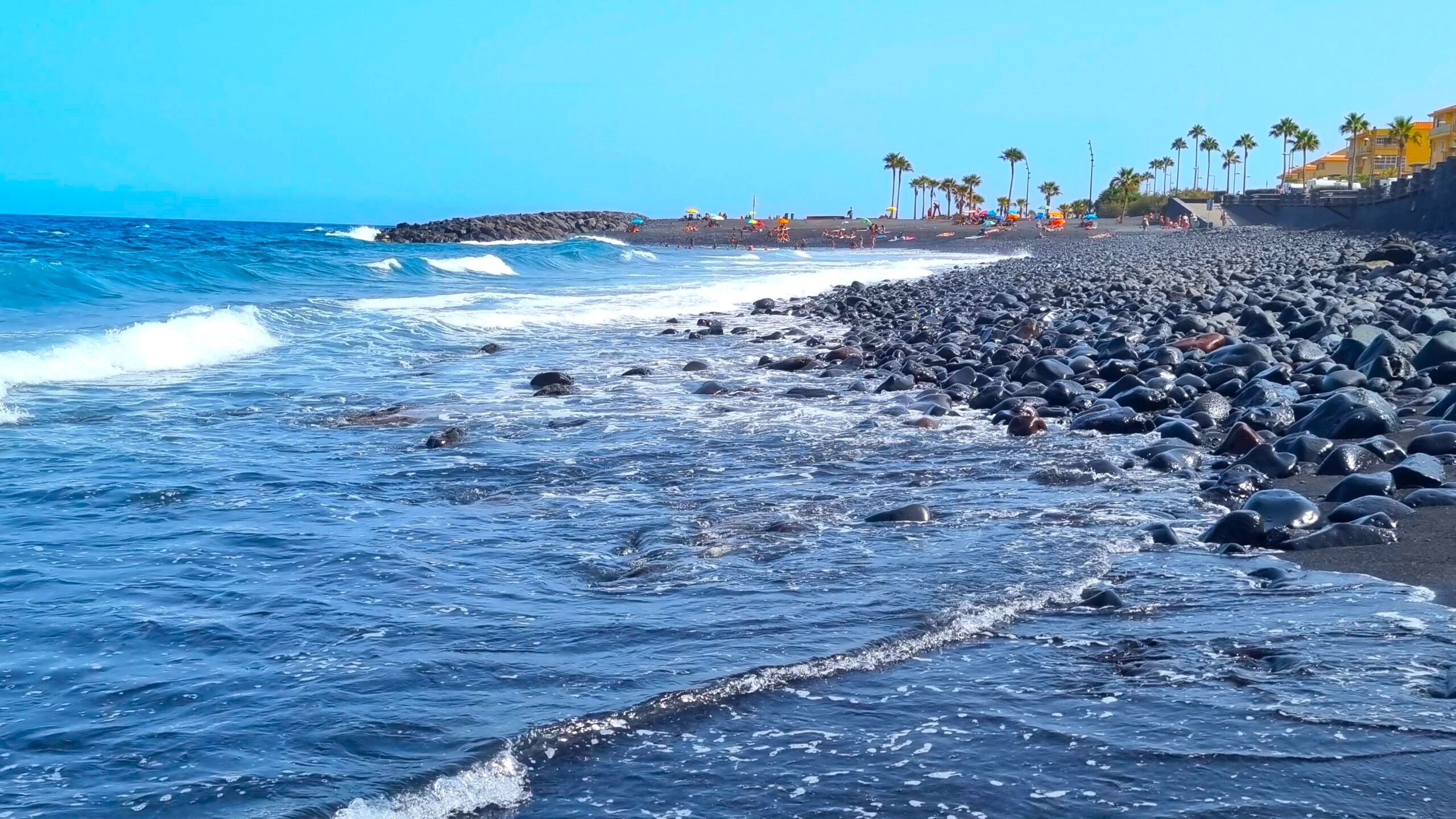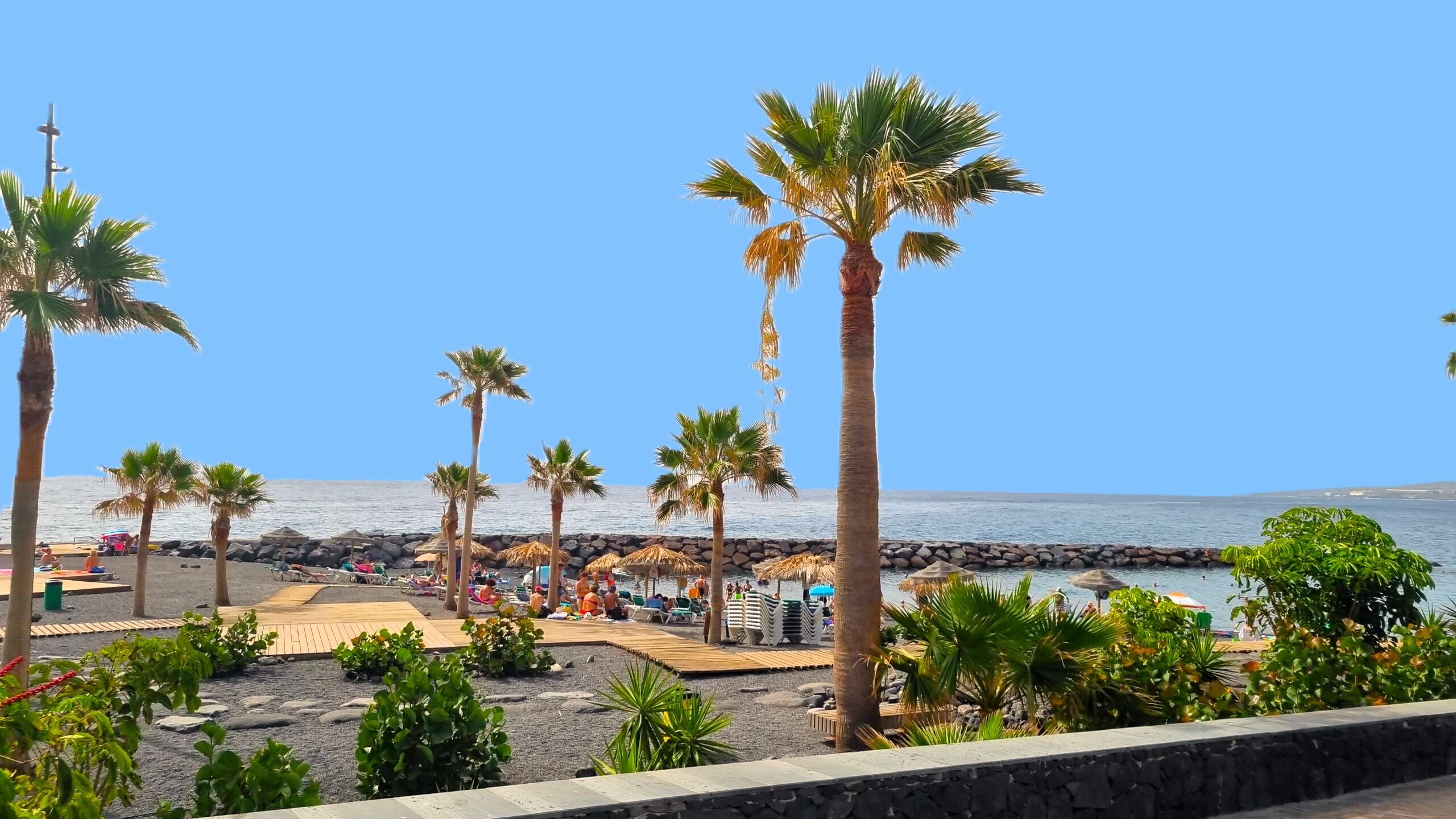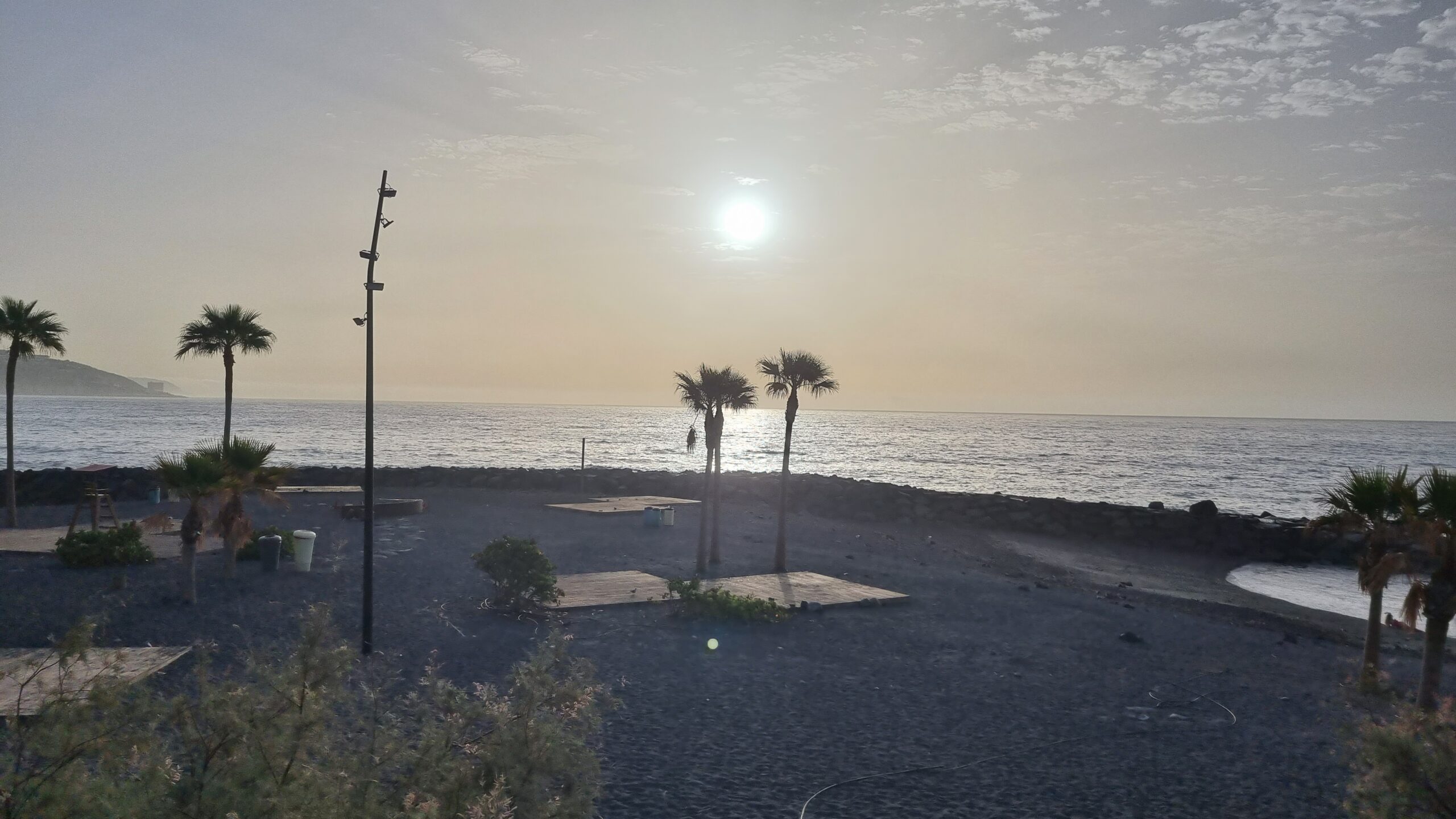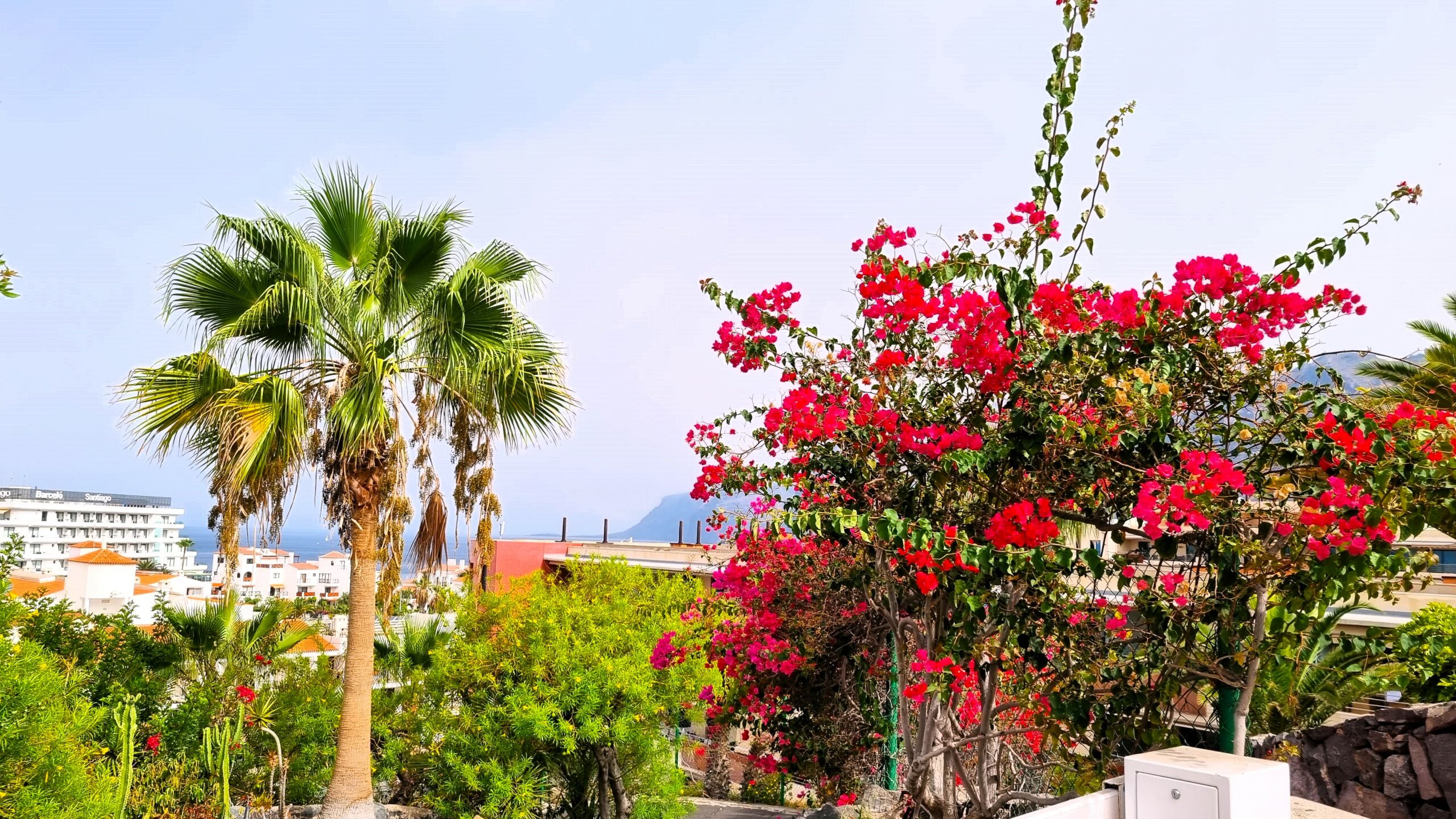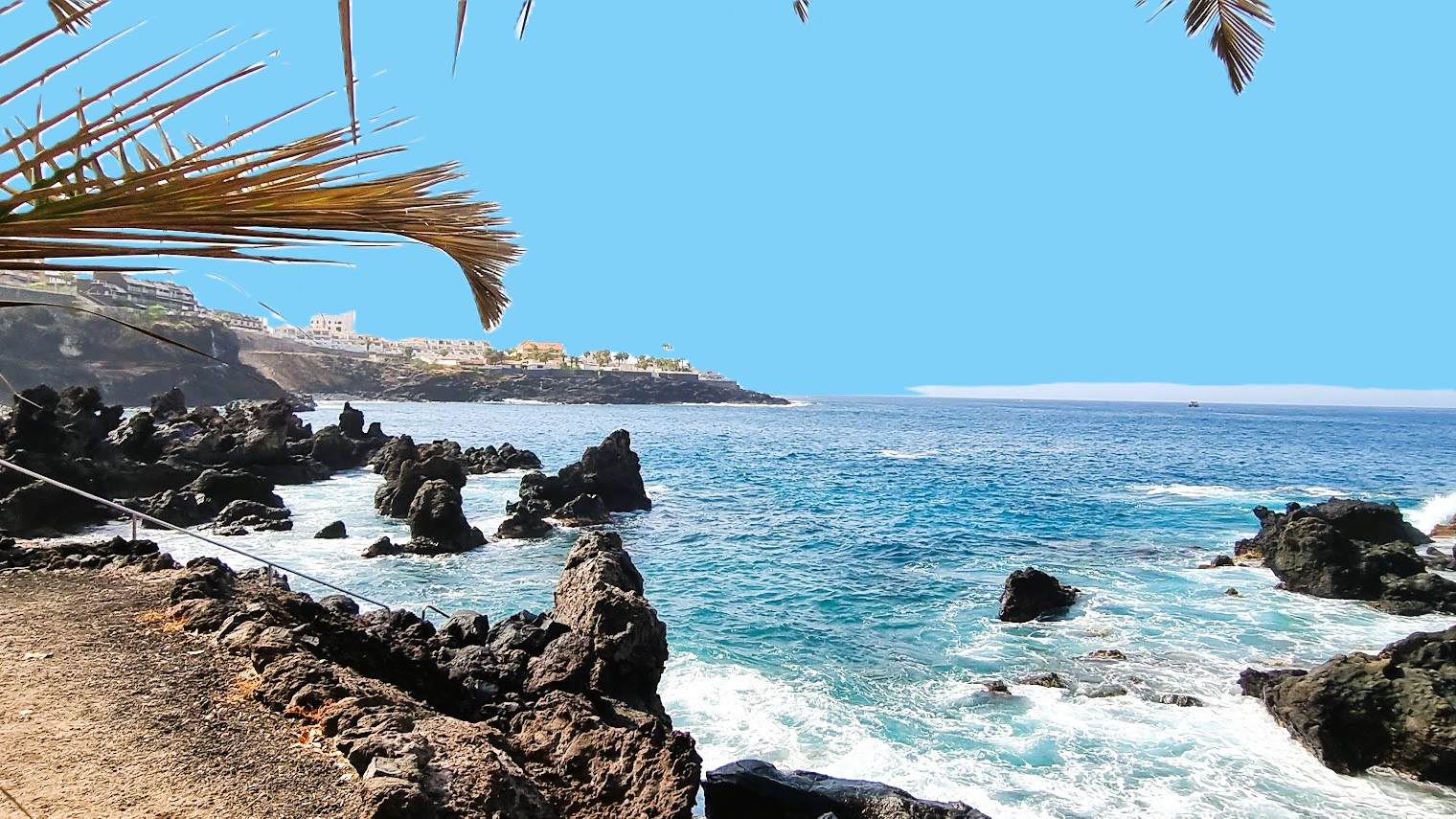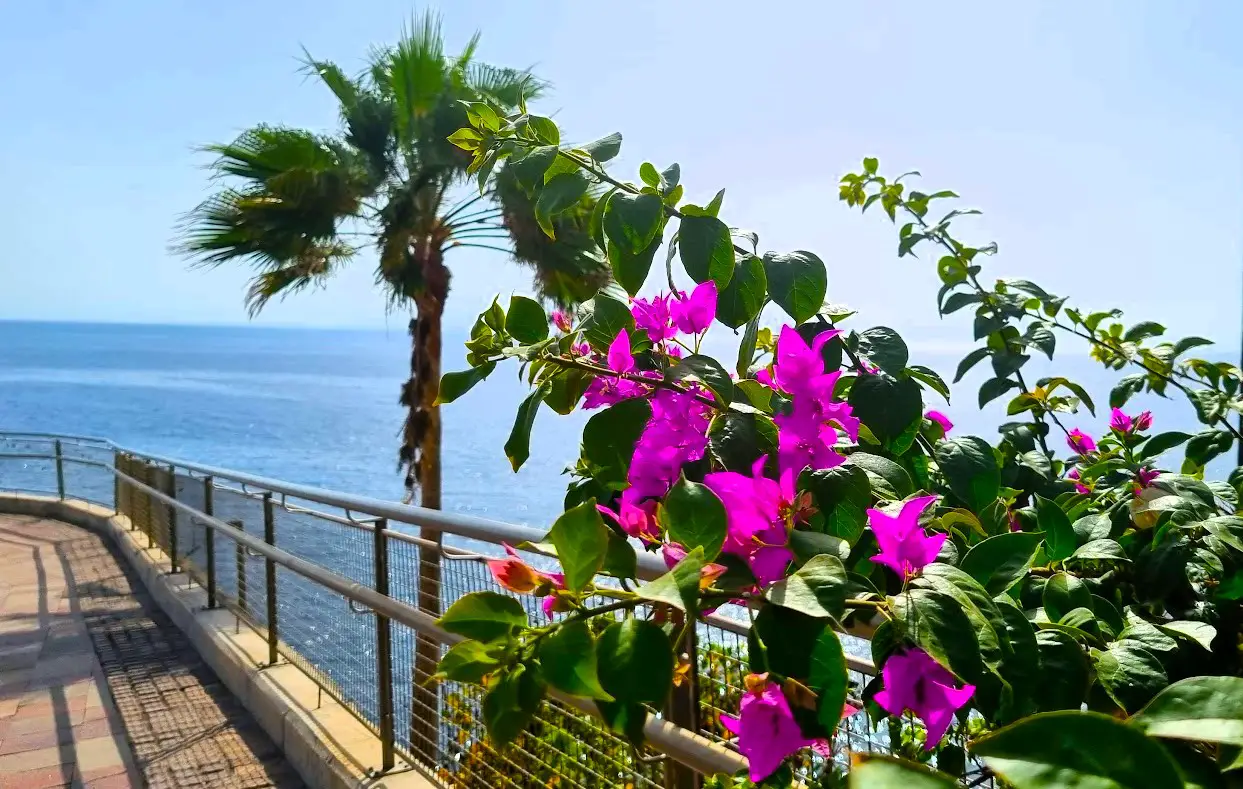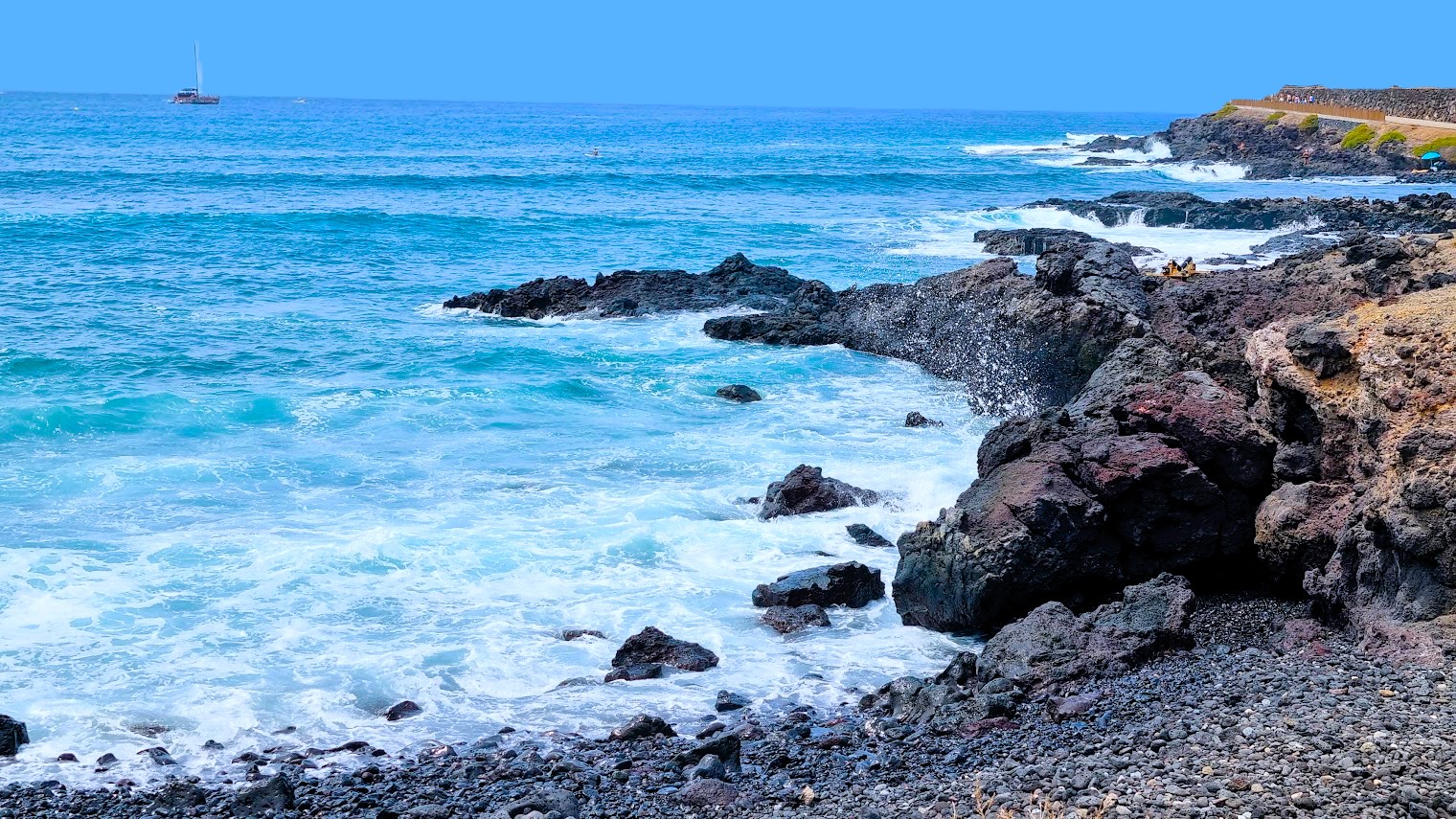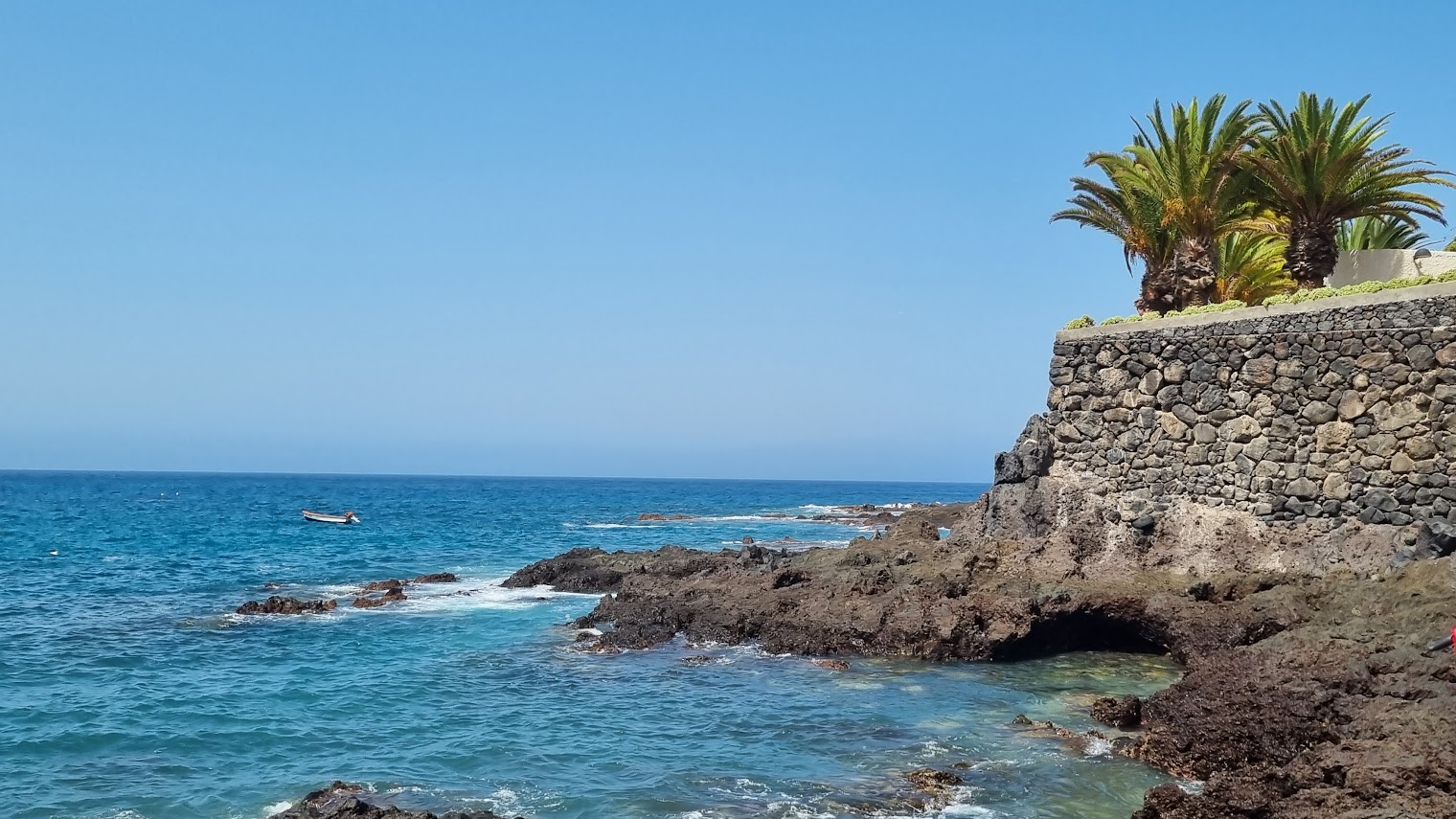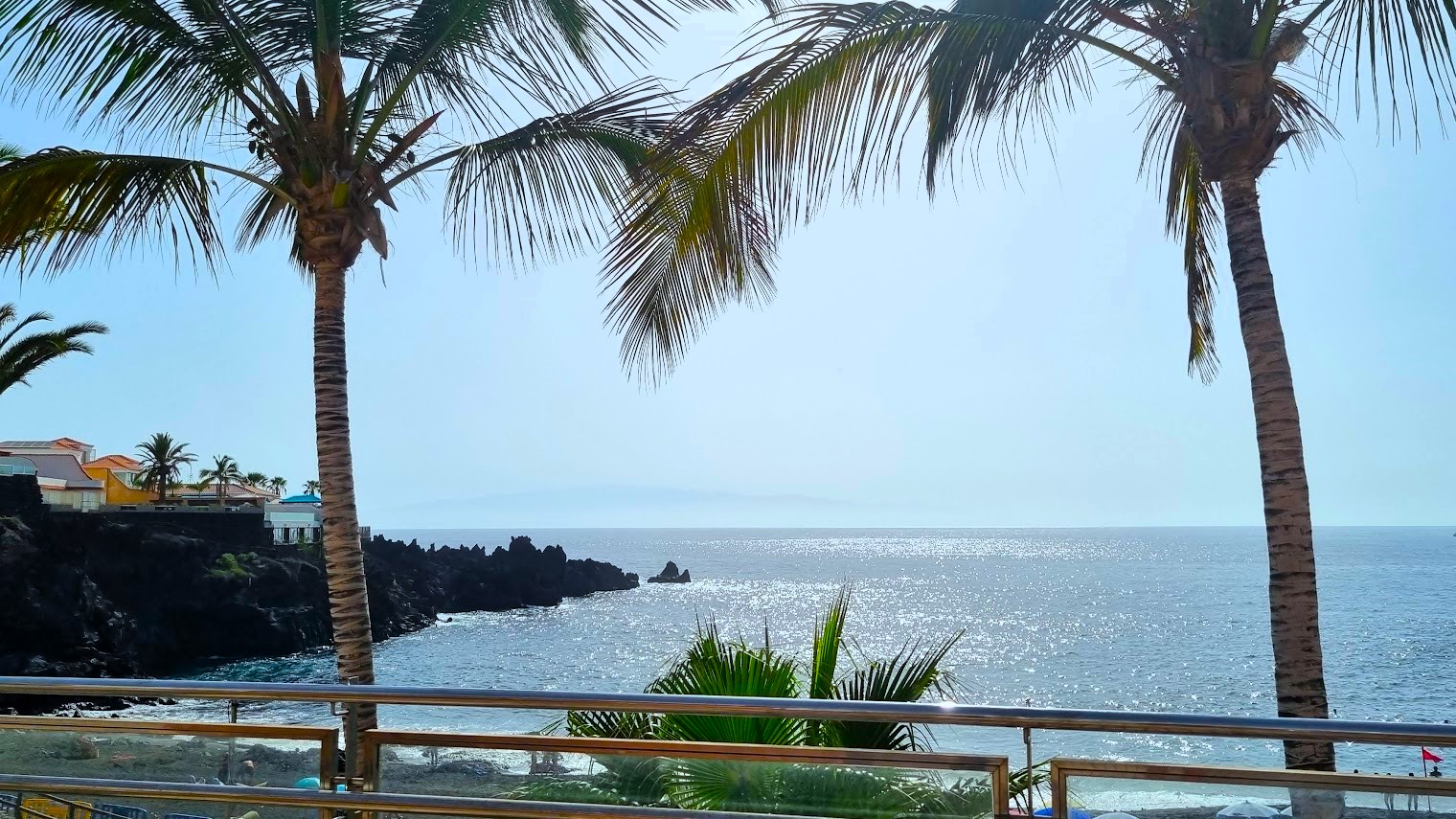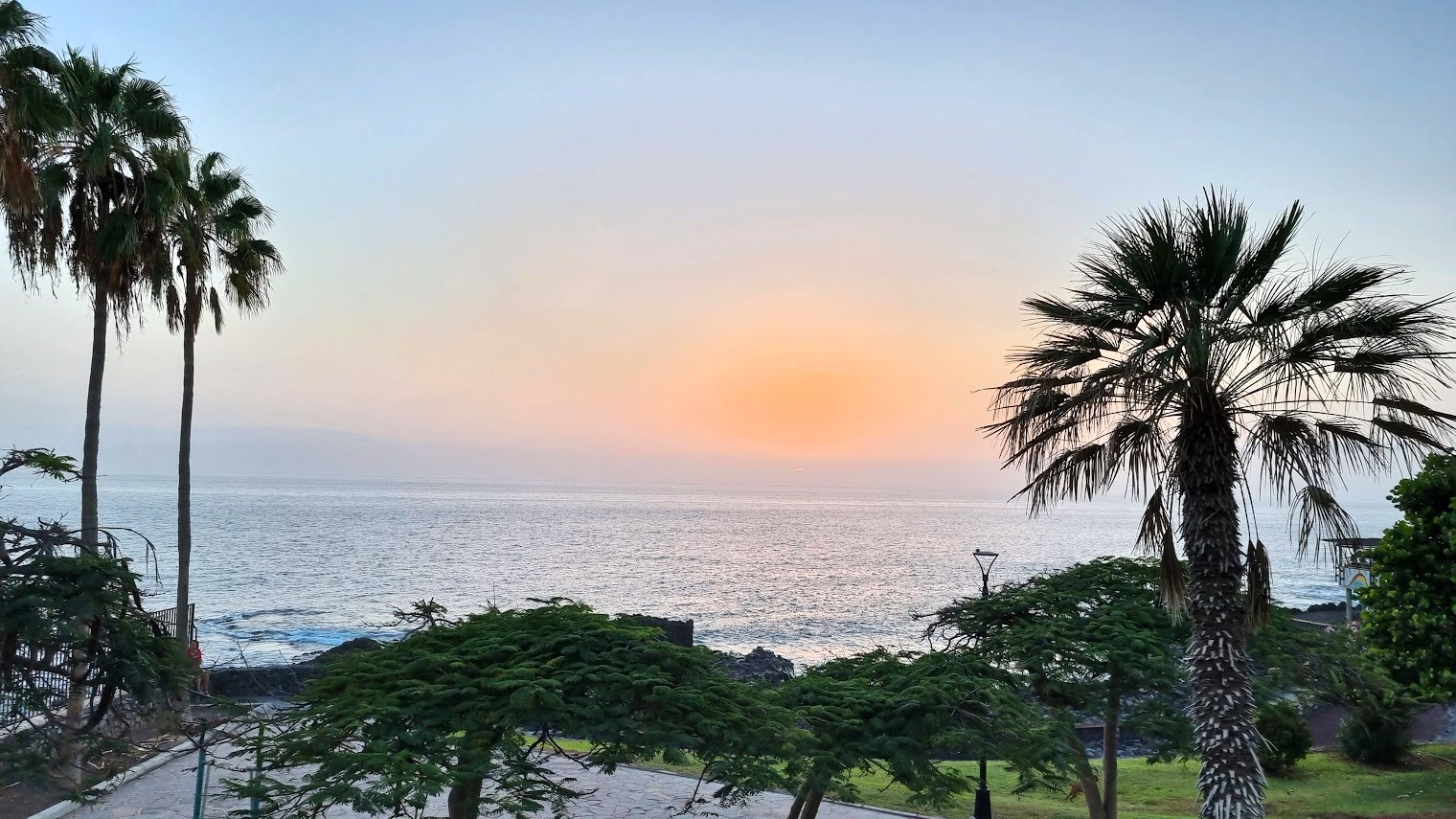Tenerife Weather in July
Tenerife’s climate is pleasantly warm all year round. The island is geographically close to the African continent and is situated at the same latitude as the Sahara Desert. Due to the northeasterly trade winds and the Canary Current, temperatures in Tenerife do not get quite as hot as on the North African mainland.
Microclimates in Tenerife
Due to its varied landscapes and topography, with mountains and coastal areas, Tenerife is characterised by diverse microclimates. This means that the weather, including temperatures, rainfall and wind can differ, depending on which part of the island you are visiting.
The information given on this page gives you an average across the island. If you are visiting the northern parts of the island and higher elevations, you may experience slightly cooler temperatures and more rainfall, while the southern coastal areas might be a little warmer and sunnier.
Temperatures in July
July is typically one of the warmest months of the year, as it falls within the summer season.
Air Temperature
Daytime
The daytime temperatures during July generally range from around 24 to 31 degrees Celsius (75 to 88 degrees Fahrenheit).
Nighttime
Nighttime temperatures in in the month of July tend to be between 18 to 24 degrees Celsius (64 to 75 degrees Fahrenheit).
Sea Temperature
In July, the sea temperature is usually quite warm and inviting – perfect for swimming and water activities. On average, it ranges from approximately 21 to 25 degrees Celsius (70 to 77 degrees Fahrenheit). Depending on your specific location and the surrounding ocean currents, the water temperature may vary slighty.
Sunshine
Daylight hours
July is characterised by long daylight hours due to its position near the summer solstice, which marks the longest day of the year in the Northern Hemisphere. On average, you can expect around 14 to 15 hours of daylight per day during this month.
Number of sunny days
Tenerife experiences a high number of sunny days in July. It is the height of the summer season, when the weather is typically warm and dry. On average, you can expect around 25 to 28 sunny days during the month.
UV-Index
The UV index in Tenerife during July is generally very high to extreme. It can reach values between 9 and 11 on many days, indicating an elevated risk of harm from unprotected sun exposure. It’s crucial to take sun protection measures when spending time outdoors. This includes wearing sunscreen with a high SPF, protective clothing, sunglasses, and seeking shade during peak sunlight hours.
Rainfall in July
July is typically very dry, and especially the southern parts of the island tend to have a desert-like climate with low rainfall. Tenerife usually receives minimal precipitation at this time of year, with the average often being less than 1 millimeter (0.04 inches) for the entire month. If it does rain, this is usually limited to an occasional brief shower or drizzle.
Wind
The island experiences relatively calm and stable weather during the summer months. While there may be occasional breezes, especially in coastal areas, extreme wind conditions are not common in July. The southern parts of Tenerife, including popular tourist destinations, tend to be less windy compared to the northern regions, where the landscape can influence wind patterns.
What to Wear in Tenerife in July
With the weather typically being hot and sunny in July, you may want to consider bringing the following:
- Light and Breathable Clothing: Pack Shorts, T-shirts, sundresses, and skirts with lightweight and breathable fabrics such as cotton or linen.
- Swimwear: Tenerife has beautiful beaches, and July is an excellent time for water activities. Bring swimwear if you plan to enjoy the ocean or pool.
- Sea shoes: Tenerife has a lot of rock pools and rocky beaches. You may need sea shoes if you would like to go swimming in these locations.
- Sun Protection: With the UV index being very high in July, it is advisable to wear a wide-brimmed hat, and sunglasses, and to use sunscreen with a high SPF to protect yourself from sun damage.
- Comfortable Footwear: Bring comfortable walking shoes if you plan to explore the island or go on hikes. Sandals are suitable for casual outings.
- Light Jacket or Sweatshirt: While the days are hot, evenings can on occasion be a little cooler. It’s a good idea to bring a light jacket or jumper for the evenings, especially if you’re staying near the coast.
- Rain Gear (Optional): Tenerife is generally dry in July, but may want to bring a light rain jacket or a travel-sized umbrella just in case. However, chances are that you won’t need it!
Check the forecast
Before you set off on holiday, don’t forget to check the forecast for your travel dates to get the up-to-date information on temperatures and weather patterns during your stay in Tenerife.
Tenerife Climate and Weather throughout the Year
Please see the following pages for more information.
